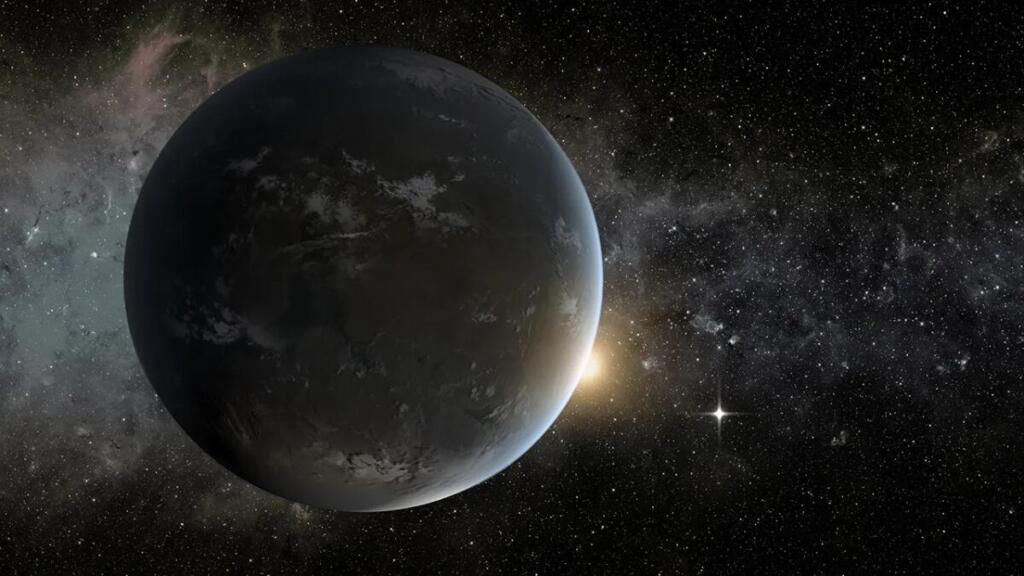In a significant breakthrough, astronomers have unveiled the existence of SPECULOOS-3 b, an Earth-sized exoplanet orbiting an ultra-cool dwarf star located about 55 light-years away from our planet. This discovery, while relatively proximate on the cosmic scale, underscores the burgeoning potential for identifying additional exoplanets within our celestial vicinity. SPECULOOS-3 b, with its close resemblance in size to Earth, presents an enticing prospect for comparative planetary analyses and deeper insights into the composition and dynamics of terrestrial bodies beyond our solar system.
Unique Orbital Dynamics:
However, what sets SPECULOOS-3 b apart is its strikingly distinct orbital pattern compared to Earth’s annual revolution around the Sun. While Earth completes its orbit over the course of approximately one year, SPECULOOS-3 b circumnavigates its host star in a mere 17 hours. Such rapid orbital velocity indicates its close proximity to the star it orbits, resulting in a phenomenon known as tidal locking. Consequently, one hemisphere of SPECULOOS-3 b, termed the dayside, is perpetually exposed to the star’s radiance, experiencing ceaseless daylight, while the opposing nightside remains ensconced in eternal darkness. This eerie equilibrium bears resemblance to the tidal locking observed between Earth and the Moon, where the lunar body consistently presents one face to our planet.
Project SPECULOOS and the Quest for Habitable Worlds:
The groundbreaking detection of SPECULOOS-3 b owes its credit to the SPECULOOS project, an ambitious endeavor aimed at scouring ultra-cool dwarf stars for potentially habitable exoplanets. These diminutive stellar bodies, characterized by their reduced size and temperature compared to our Sun, offer fertile hunting grounds for Earth-sized planets within the coveted habitable zones. The habitable zone, colloquially known as the Goldilocks zone, delineates the region around a star where conditions may be conducive for the existence of liquid water—a fundamental prerequisite for sustaining life as we understand it.
Navigating Extreme Habitability Challenges:
While SPECULOOS-3 b’s discovery expands the roster of Earth-like exoplanets nestled within habitable zones, the planet’s extreme environmental conditions present formidable challenges to its potential habitability. The perpetual exposure of one hemisphere to searing daylight and the perpetual shroud of darkness on the opposite side portends stark temperature differentials that could profoundly influence atmospheric dynamics and surface characteristics. Consequently, comprehensive investigations are imperative to unravel the intricacies of SPECULOOS-3 b’s atmosphere and assess its viability as a hospitable abode. Future research endeavors will strive to delineate the planet’s atmospheric composition, scrutinize potential indicators of habitability, such as the presence of water vapor or other biosignatures, and unravel the enigmatic tapestry of this distant world.
Significance and Implications:
Commenting on the landmark discovery, a representative from the SPECULOOS project remarked that the unearthing of an Earth-sized exoplanet orbiting an ultra-cool star marks a pivotal stride in humanity’s quest to unveil habitable worlds beyond the confines of our solar system. This momentous achievement not only enriches our comprehension of planetary architectures surrounding diverse stellar typologies but also propels us closer towards elucidating the perennial enigma of our cosmic isolation or companionship. As technological advancements continue to refine our exoplanet detection methodologies, the quest for potentially habitable worlds assumes an increasingly promising trajectory. SPECULOOS-3 b stands as a testament to humanity’s relentless pursuit of cosmic exploration, offering a tantalizing glimpse into the variegated exoplanetary tapestry that adorns our galaxy’s celestial canvas.
ALSO READ: What is red planet day? Why is November 28 special
